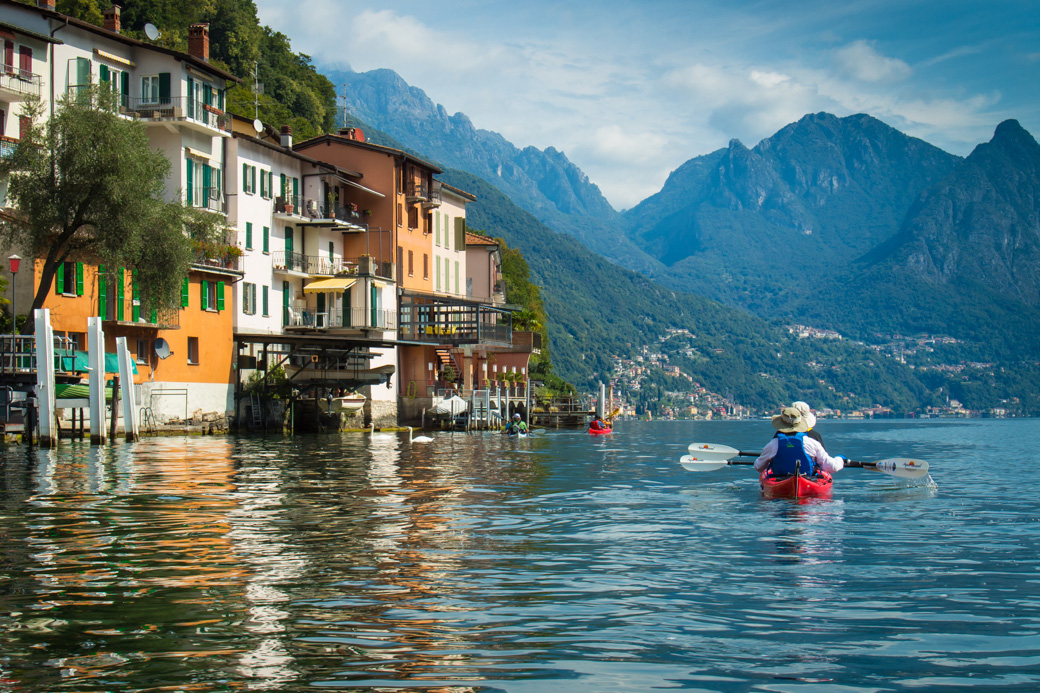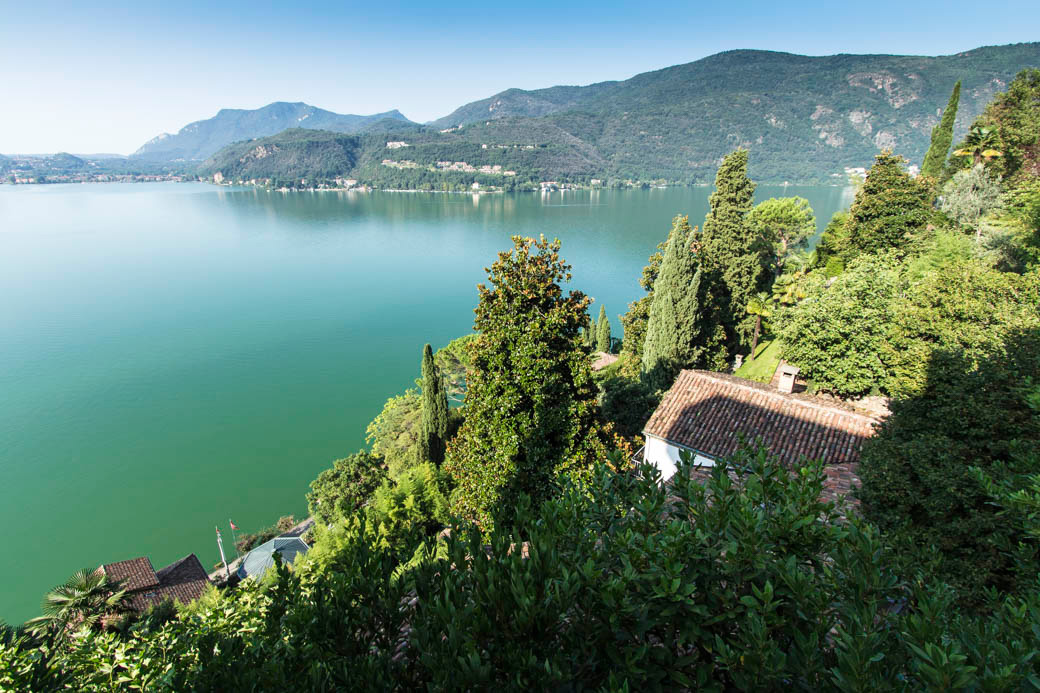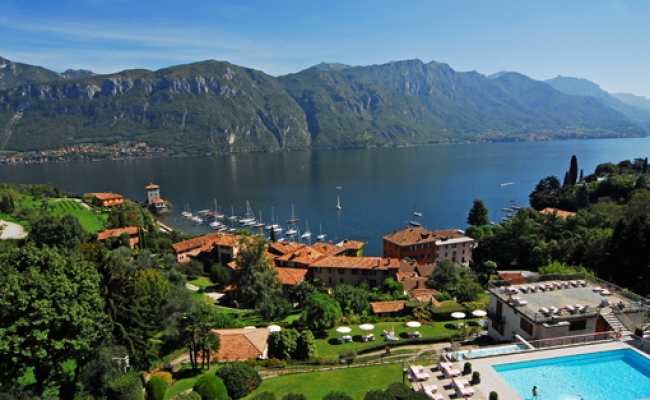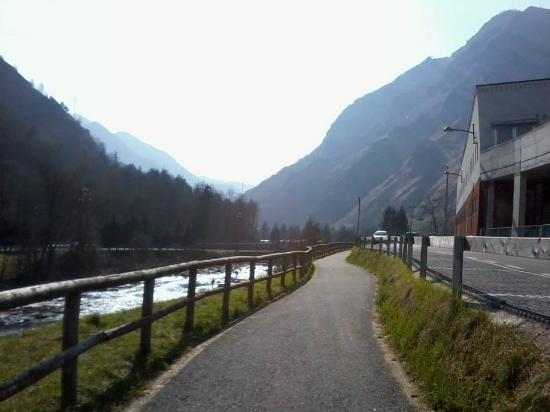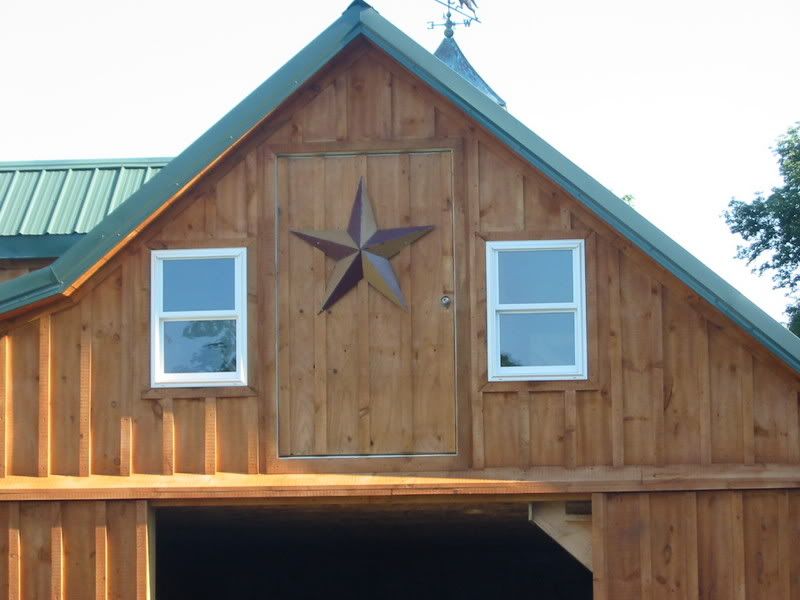 |
L'Albereta Hotel at the L'Albereta Winery, Erbusco, Brescia (Franciacorta wine region)
|
Franciacorta wine region
Ancient Viticulture
The vineyards of Franciacorta were planted in ancient times, as witnessed by the grape seeds from prehistoric times and the archaeological material found throughout the territory. There are also other testimonies of classical authors such as Plinio and Columella a Virgilio. Through historiographical evidences it is possible to trace the passage of different peoples: the Cenomani Gauls, the Romans and the Lombards. The most abundant material is the Roman one and consists mainly of commemorative funeral inscriptions and military stones. Also some places' names and localities' names, such as Cazzago and Gussago, come from Roman courtesy.
The most valuable archaeological resource is the temple architrave (from Erbusco) that was brought to Brescia and then walled in the facade of the palace of Monte di Pietà della Loggia.
TotalWine.com
4 Franciacorta wines
Berlucchi Franciacorta Brut Cuvee Imperiale
750ml
Lombardy, Italy - Clean-cut and full-bodied with appealing, emphatic fruity notes and fine acidity. Rich, lingering, and complex. An ideal aperitif as well as with starters, and dishes based on fish, rice, pasta, white meats, full-flavored fish and fresh cheeses.
BRAND: Berlucchi
COUNTRY / STATE: Italy
REGION: Lombardy
WINE TYPE: Champagne & Sparkling Wine
VARIETAL: Sparkling Wine
STYLE: Elegant
TASTE: Apple, Pear, Spice
BODY: Medium-bodied
SKU: 82158750-1
Roscato Rosso Dolce
750ml
Lombardy, Italy- An irresistible, delicately sweet, gently fizzy red wine from the northern Italian region of Lombardy. Makes a wonderful aperitif and is also incredibly food-friendly.
BRAND: Roscato
COUNTRY / STATE: Italy
WINE TYPE: Champagne & Sparkling Wine
VARIETAL: Sparkling Red Wine
STYLE: Sweet
SKU: 120178750-1
Roscato Rosso Dolce
2-250ml can pack
Lombardy, Italy- An irresistible, delicately sweet, gently fizzy red wine from the northern Italian region of Lombardy. Makes a wonderful aperitif and is also incredibly food-friendly.
BRAND: Roscato
COUNTRY / STATE: Italy
WINE TYPE: Red Wine
VARIETAL: Red Blend
STYLE: Sweet
SKU: 120178266-2
Franciacorta Brut Rose
750ml
BRAND: Franciacorta
COUNTRY / STATE: Italy
WINE TYPE: Champagne & Sparkling Wine
VARIETAL: Sparkling Wine
SKU: 195500750-1
Modern Viticulture
Despite boasting a long history, the new course of viticulture of Franciacorta began in all respects at the beginning of the Sixties with the birth of the first wineries. At the end of the Seventies, Italian enology experienced a period of great ferment and in Franciacorta several entrepreneurs invested and focused on the cultivation of vineyards. In fact, even today many wineries that produce Franciacorta have been founded by entrepreneurs from Brescia and province. Afterwards the growth has been very fast until today's Franciacorta fame, a national reference for the wine's production with the classic method.
The production and marketing of bubbles has become increasingly important in the last twenty years, so as to boast the DOCG brand and be known in the wine world for the high quality achieved. The name "Franciacorta" has over time become synonymous with the same DOCG sparkling wine produced in the many vineyards of the area.
Since July 2008, with the publication of the new specification, the name of the DOC "Terre di Franciacorta", used for red and white still wines, has been replaced with Curtefranca.
Today the area is just over two thousand hectares, its increase, which was considerable in the first decade of the 2000s, has now slowed sharply partly because of the global crisis. In fact, no further major growth developments are expected in the coming years. The slowdown is also due to some choices of the consortium Franciacorta aimed at not creating an excess of supply in order to safeguard the producers currently present on the territory.
In 1995 Franciacorta was assigned the first refermented in Italian bottle with the denomination DOCG. This is obtained from Chardonnay and/or Pinot Noir and/or Pinot Blanc grapes and is produced in three types: Franciacorta, Franciacorta Satèn and Franciacorta Rosé. In addition to these, Millesimato and Riserva, which require longer aging, are also produced. Franciacorta has also two other DOC denominations: a white wine and a red wine.
The wine cellars are over one hundred and some are located in buildings of artistic and architectural interest. They are open to the public, so the visitor can learn about the methods of wine production, participate in tastings and buy the product.
************
Franciacorta DOCGFranciacorta is a sparkling wine from the Province of Brescia (Lombardy) with DOCG status. It is produced using the traditional method from grapes grown within the boundaries of the territory of Franciacorta, on the hills located between the southern shore of Lake Iseo and the city of Brescia. It was awarded DOC status in 1967, the designation then also including red and white still wines. Since 1995 the DOCG classification has applied exclusively to the sparkling wines of the area.
History
The still wines from this area have ancient traditions, referred to by Virgil and Pliny the Elder, and documented in Brescia City council books as "Franzacurta" as far back as in 1277. The name may derive from the tax-exempt (francae) status of the region's towns (curtes) in the Middle Ages. The wines were not called Franciacorta until 1957, when Guido Berlucchi released a white wine named Pinot di Franciacorta. An ambitious young winemaker working for Berlucchi, Franco Ziliani, was permitted to pursue an ambition of producing a fine sparkling wine, and in 1961 was allowed to produce for release 3,000 bottles of a sparkling wine, also sold under the name Pinot di Franciacorta.
Instant interest allowed the following vintage production to be set at 20,000 bottles, and eventually the annual production was 100,000 bottles. The national prominence that followed was soon exploited by several entrepreneurs from Milan and Brescia, and by the time the region was granted DOC status in 1967 there were 11 producers of sparkling Franciacorta, although Berlucchi represented more than 80% of the production.
With its directives, Franciacorta became the first DOC to specify that its sparkling wines must be made by metodo classico. In 1990, the Consorzio per la tutela del Franciacorta was formed, instigating codes of self-regulation with a gradual reduction of yields and elimination of the use of Pinot grigio, becoming the body considered responsible for the efficient elevation of sparkling Franciacorta to DOCG status in 1995. Since August 1, 2003, Franciacorta has been the only Italian wine not obliged to declare its DOCG appellation on the label, in the same manner that a Champagne is permitted to exclude from labels its AOC.
From 1996 to 2006, sales of Franciacorta grew from 2.9 million to 6.7 million bottles. According to Tom Stevenson, the Franciacorta region is "the only compact wine area producing world class sparkling wine in Italy."
2 other wines from LombardyRoscato Moscato (Mantua)
750ml
Lugana, Italy - Roscato Moscato is an irresistible, delicately sweet, frizzante wine from Northern Italy. With a touch of sparkle to flawlessly balance the sweetness, Roscato Moscato is the ideal complement for today's cuisine. Enjoy it with delicate cheeses, fresh fruit or spicy food.
BRAND: Roscato
COUNTRY / STATE: Italy
REGION: Lombardy
APPELLATION: Lugana
WINE TYPE: Champagne & Sparkling Wine
VARIETAL: Muscat/Moscato
SKU: 225728750-1
InVino Pinot Noir (Pavia)
750ml
Italy - InVino Pinot Noir is an elegant and light bodied red wine. Flavors and aromas include black cherry, black fruit, currant, wild cherries and dark berry. InVino Pinot Noir pairs well with salmon, roasted chicken or pasta dishes. Enjoy with a group of friends or by yourself!
BRAND: InVino
COUNTRY / STATE: Italy
REGION: Lombardy
WINE TYPE: Red Wine
VARIETAL: Pinot Noir
STYLE: Elegant
ABV: 12%
TASTE: Black Cherry, Currant, Fruity
SKU: 219439750-1
1 famous "honorary Lombard" wine from Novara, Piemonte[an area which has historically & linguistically been a part of Lombardia; although the winery is located in Novara, it is long associated with Milan]
Campari
50ml
Italy- The shockingly red liqueur is infused with 68 different bitter herbs and aromatic plants, a secret recipe of natural ingredients that dates back to 1860 and has become an Italian tradition.
BRAND: Campari
COUNTRY: Italy
SPIRITS TYPE: Dessert & Fortified Wine
SPIRITS STYLE: Aperitif
SKU: 226725050-1
Vineyards in ValtellinaIn Valtellina, wines are produced mainly from Chiavennasca (the local name of Nebbiolo grape variety) with other minor varieties such as Rossola nera permitted up to 20% for the Denominazione di origine controllata (DOC) and 10% for the Denominazione di Origine Controllata e Garantita (DOCG). Grapes are limited to a harvest yield of 12 tonnes/ha. The finished wine must be aged for at least 2 years prior to release (3 years if a Riserva bottling) with a minimum alcohol level of at least 11%. Yields for the DOCG wines are further restricted to a maximum of 8 tonnes/ha. While the aging requirements are the same as the DOC, the minimum alcohol level for the DOCG wine is 12%.
The best-known villages for red wines are: Grumello, Sassella, Inferno, Valgella, and Maroggia. The village names are normally indicated on the label. Additionally there is an Amarone style DOCG wine called Sforzato (Sfursat).
************
Valtellinese wines, such as Il Pettirosso Valtellina Superiore 2016, are easy to purchase online. Total Wine & More stores are all over the country, so I thought that was more noteworthy that you could just walk in and purchase a Franciacorta if one was nearby. I found one Valtellina winery--Bagera Vini di Valtellina--which as a U.S. website: www.ViniBagera.us and facebook page: https://www.facebook.com/BalgeraViniDiValtellina/

Final thoughts
Of course there are some wineries right here locally which are still in the hands of the same old Swiss Italian/Ticinese families, such as the Nichelini Winery in St. Helena, California founded in 1890. They now have a Wikipedia page as well: Nichelini Family Winery. If you're never visited there, make sure that you do! That incredible home that sits above a stone mason cellar was constructed by Anton Nichelini 130 years ago, and it's beautiful as well as the property that sits along the edge of the wooded valley.
Another interesting winery is Raffaldini Vineyards in Ronda, North Carolina. Founded by Jay Raffaldini whose family roots are in Mantua (Mantova). According to the website: "In 2009 Raffaldini Vineyards was voted one of the top ten new vineyards in all of North America, the first time any such vineyard from the Mid Atlantic received that award." The winery hosts a Festa Italiana every fall season. Of course, these wines can be ordered online.
 |
The beautiful Nichelini house in St. Helena
|
.





















